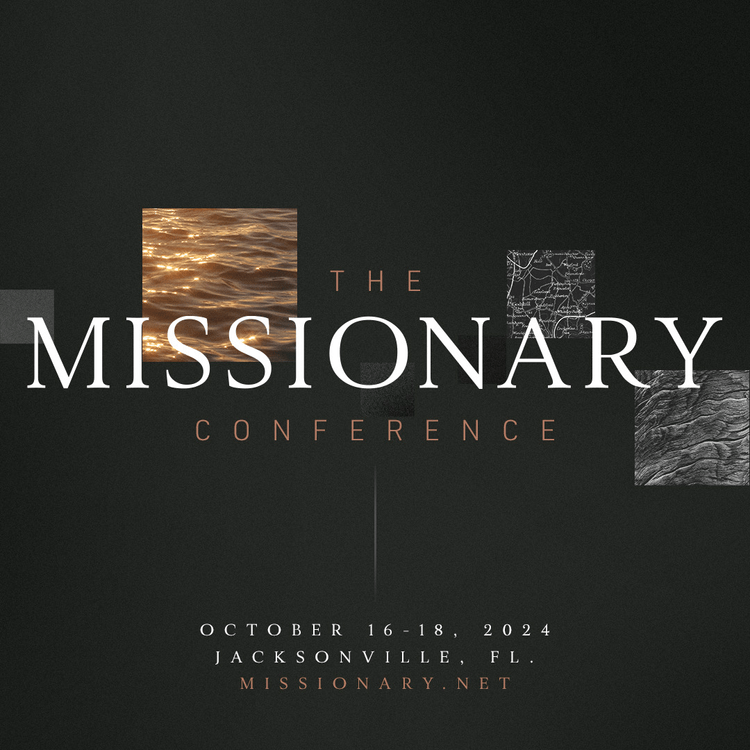When Nina and I lived among the Yembiyembi people it was always a bit of a surprise to see outsiders. The YYs were known for being a dominant hostile people group so even other lowland language groups rarely ventured into their territory. So, it was an unprecedented shock in our second year of language study to hear the YYs tell us that a group of “mofoktebim” (skins of whites) were hiking over the mountains trying to reach the village by night fall. Once they arrived it was apparent that this group of U.S. college students had bitten off more than they could chew. They were nearly out of food, dehydrated, tired and the thought of hiking out brought most to tears. Nina and I attempted to feed and water them and arranged for them to sleep in a donated house in the village.
The next day they had recovered sufficiently to do what they came for. After gathering the village together through the promise of “great gifts” they acted out through wordless skits an approximation of the gospel. Those who understood the point of their acting got a bar of soap which resulted in anyone who was ambulatory going forward. It was deemed a great success by the visiting group and the following day they mustered their strength and hiked back out of the village.
One of the implicit assumptions that seems to be prevalent in our time is that there is no such thing as “Bad Missions”. As long as the intentions of the missionary are pure and the goal of the church sending them out is Biblical, then there are no grounds to question what is done overseas. This should not be.
But how do pastors evaluate what is good missions, especially when it comes to long-term, church-planting, missions? Let me offer three questions that can be a helpful baseline for overseas ministry.
- How will the gospel be preached?
All overseas ministry should be rooted in the gospel and its clear proclamation. Helping the sick, caring for the poor, and all manner of good works are helpful platforms, but without the gospel they are impotent to alleviate true human suffering. As Kevin DeYoung and Greg Gilbert put so well in their book What is the Mission of the Church? “…there is something worse than death and something better than human flourishing. If we hope only for renewed cities and restored bodies in this life, we are of all people most to be pitied.”[1]
But if the gospel is to be clear, it must be preached in a manner that is understandable to the hearer and engages his existing worldview. This is the downfall of so many of the current methodologies that populate modern missions today. Very little time is given to understand the worldview that animates the unbeliever. When that existing worldview receives scant attention then what is communicated and understood is usually far from what the missionary intended.
Paul speaking to the value of understanding the worldview says in II Corinthians 10 “For though we walk in the flesh, we are not waging war according to the flesh. For the weapons of our warfare are not of the flesh but have divine power to destroy strongholds. We destroy arguments and every lofty opinion raised against the knowledge of God, and take every thought captive to obey Christ.” How do you destroy arguments and opinions raised against God if you don’t know those arguments and opinions? You can’t. So skits, mimes, airdropping tracts and similar practices find their way into use as viable tools to communicate the gospel across cultures. Pastors, good motives do not overcome bad methodology. Make sure your missionaries know what they are speaking into before they speak.
- What is the definition of the church?
In 2014, a book titled When Helping Hurts pushed back on the idea of short-term missions as being all good. Through numerous illustrations, the authors made clear that there is a brand of short-term missions that actually hurts the very people that are supposed to be helped. If churches didn’t think through HOW they were helping it was very likely that the only beneficiaries were the people on the trip, and those on the receiving end were more deeply impoverished than before the team “helped” them. This same principle applies to church planting overseas.
The definition of what is and isn’t a church is regularly debated today, as well it should be. The definition of a church determines how ministry will be conducted. Where the definition of church is thin, light, or squishy, the practice and life of that church will reflect that definition. What is meant to be a lasting bastion of light — the church — will rise quickly but die just as quickly. What is supposed to bring life, joy and grace will, in the long run, be worse than if nothing had been taught in the first place. A person who has been exposed to a counterfeit is quite difficult to win over to the authentic item.
Praise God though for good church planting teams that think through how the gospel will be preached, how the converts will be discipled, the sequencing of teaching the books of the Bible, the qualifications for new leaders, and the marks of maturity that need to be evident before they leave. There are teams like this, but they take time to train and form.
- Have they counted the cost?
The task of missions, especially church-planting, will extract a high cost. When I am asked by pastors what they can do to prepare their people prior to Radius, high on my list is the reading of good books together.
When they read of John Paton[2] listening to his own children bury their newborn sibling just outside his window, while both parents were too weak to attend, how do they process that? When they learn of Adoniram Judson seriously putting forth a plan to bring over teenagers as missionaries because Burmese was so difficult for adults to master[3], do they catch the weight of that task? When they hear of Hudson Taylor being beaten regularly, Choo Kichul examined under torture 10 different times and refusing to endorse shrine worship,[4] Amy Carmichael bedridden for 2 decades…and still conducting ministry,[5] are they counting the cost?
The dreadful cost of taking the gospel to the ends of the earth is not new. But for each generation, those costs must be brought up again so that they don’t become part of the legion of starters who never finish. Pastors do well to unflinchingly show them what the King of Kings may ask of them, their wives, and their children.
There is much to point at that is bad in missions today. But I would be painting too dark a picture not to balance it out with the glory our Lord is receiving through the work of those that are largely unknown. I thank the Lord for the great platform God has provided for the team in Southeast Asia that is seeing marked progress in a closed access country. For Justin and Lauren who are nearing the finish line of translating, for the first time ever in the history of the “P” people, the book of Ephesians. For my dear friend John who by God’s great grace will next year celebrate 50 years of a strong, Bible teaching, N.T. church in the heart of the Arabic world. For the P and S families who had their houses burned down by the unbelievers, but, for the sake of the church, are moving back in next month. All glory to God for what He is doing, in His perfect timing, around the world.
[1] DeYoung, Kevin. What Is the Mission of the Church? (p. 23). Crossway. Kindle Edition.
[2] The great Scottish missionary who suffered so much to see the church established in Aniwa. https://banneroftruth.org/us/store/history-biography/john-g-paton/
[3] Courtney Anderson, To the Golden Shore, (Little Brown and Company, Judson Press, 1987), pg. 202
[4] William Blair and Bruce Hunt, The Korean Pentecost, (The Banner of Truth Trust, Carlisle, PA, 1977), pg. 122
[5] Ian H. Murray, Amy Carmichael: Beauty for Ashes, (The Banner of Truth, Carlisle, PA, 2015), pg. 84

Brooks Buser
President of Radius International
Brooks and his wife Nina planted a church among the Yembiyembi people in Papua New Guinea. Now Brooks serves as the president of Radius International, training future church planters.




